Notebook
-
 Earth
EarthBy 2100, damaged corals may let waves twice as tall as today’s reach coasts
Structurally complex coral reefs can defend coasts against waves, even as sea levels rise.
-
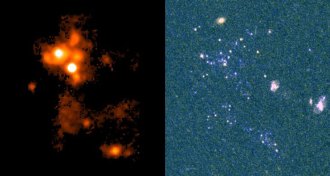 Astronomy
AstronomyLoner gas clouds could be a new kind of stellar system
Weird loner clumps of gas that have wandered for 1 billion years may have been stripped from a trio of larger galaxies.
-
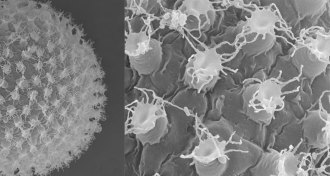 Animals
AnimalsA new species of tardigrade lays eggs covered with doodads and streamers
These elegant eggs hint that a tardigrade found in a Japanese parking lot is a new species.
By Susan Milius -
 Health & Medicine
Health & MedicineGlobal Virome Project is hunting for more than 1 million unknown viruses
Scientists are searching for viruses lurking in animals that could threaten human health.
-
 Health & Medicine
Health & Medicine50 years ago, early organ transplants brought triumph and tragedy
In 1968, the liver transplant field had its first small successes. Now, more than 30,000 patients in the U.S. receive a donated liver each year.
-
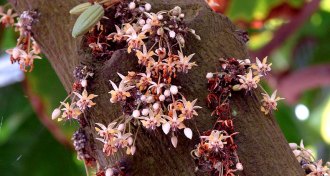 Plants
PlantsThe flowers that give us chocolate are ridiculously hard to pollinate
Cacao trees are really fussy about pollination.
By Susan Milius -
 Tech
TechMix of metals in this Picasso sculpture provides clues to its mysterious origins
The alloys used to cast Picasso’s bronze sculptures provide a valuable piece of the puzzle in reconstructing the histories of the works of art.
By Kate Travis -
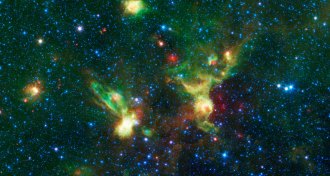 Astronomy
AstronomyJames Webb Space Telescope challenges artists to see in infrared
Astronomy artists face new challenges in translating James Webb’s invisible data into visuals.
-
 Health & Medicine
Health & Medicine14 cattle eyeworms removed from Oregon woman’s eye
Oregon woman has the first ever eye infection with the cattle eyeworm Thelazia gulosa.
-
 Materials Science
Materials ScienceSmart windows could block brightness and harness light
A new type of material pulls double-duty as window shade and solar cell.
-
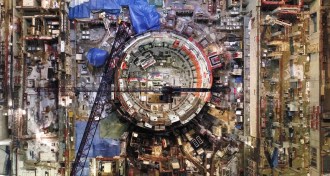 Physics
Physics50 years on, nuclear fusion still hasn’t delivered clean energy
In 1968, scientists predicted that the world would soon use nuclear fusion as an energy source.
-
 Ecosystems
EcosystemsHumans are overloading the world’s freshwater bodies with phosphorus
Human activities are driving phosphorus levels in the world’s lakes and other freshwater bodies to a critical point.